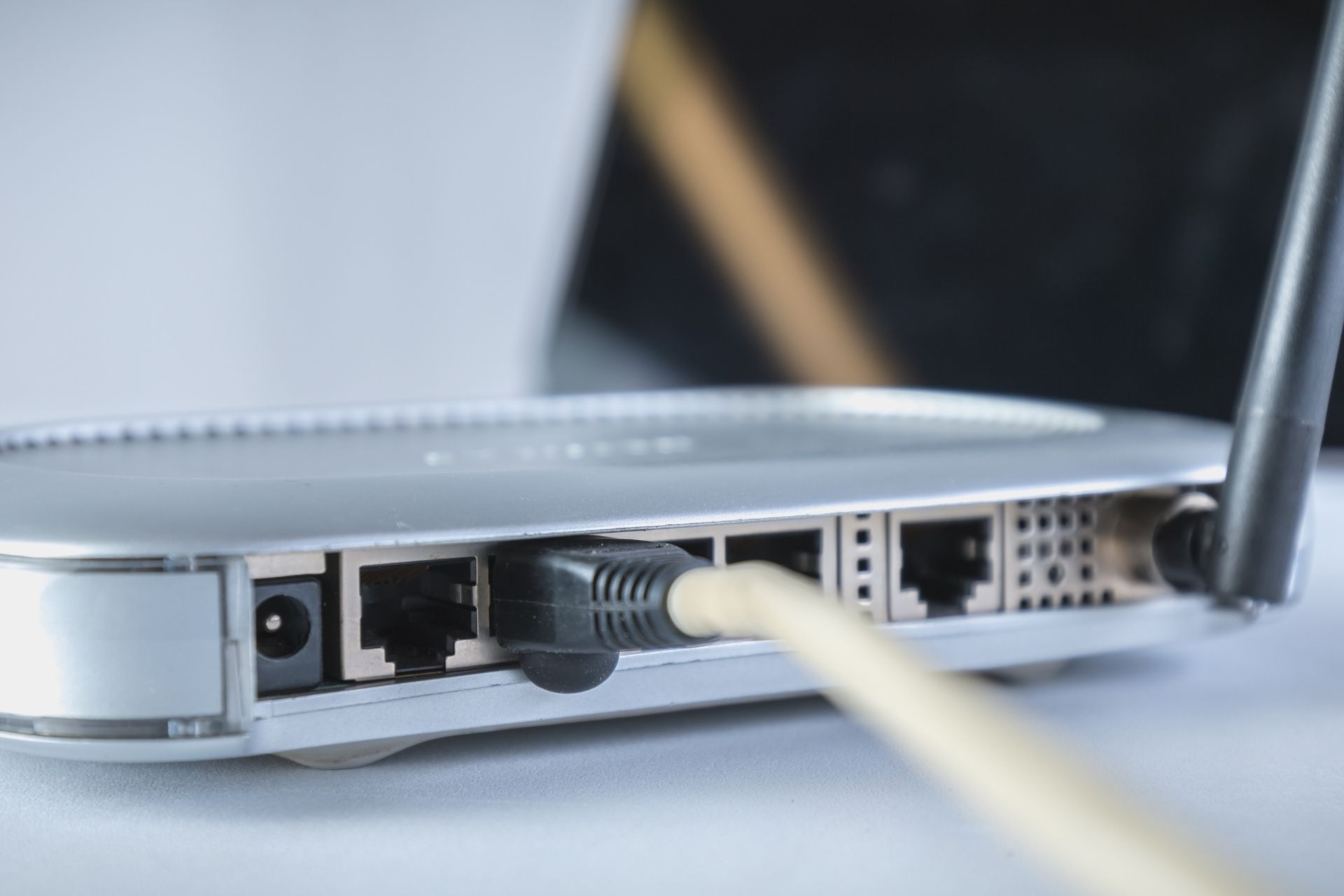Transit Providers
How do transit providers ensure the safety and security of passengers during their journey?
Transit providers ensure the safety and security of passengers during their journey by implementing various measures such as surveillance cameras, emergency call buttons, and security personnel on board. Regular safety inspections and maintenance of vehicles are also conducted to prevent any potential hazards. Additionally, safety protocols and emergency procedures are in place to handle any unforeseen situations that may arise during transit.
Point of Presence (PoP) Locations



